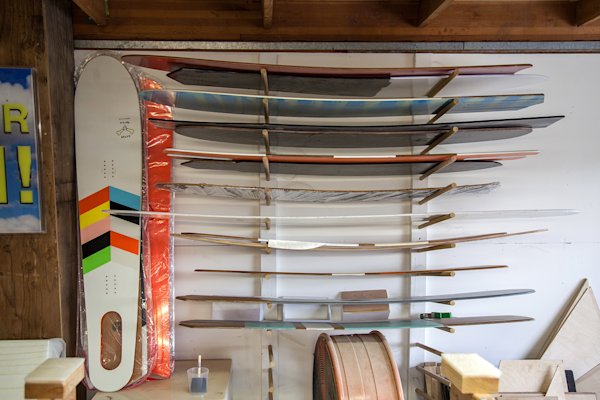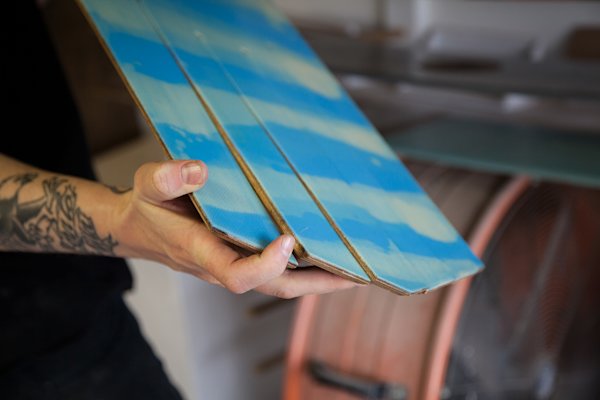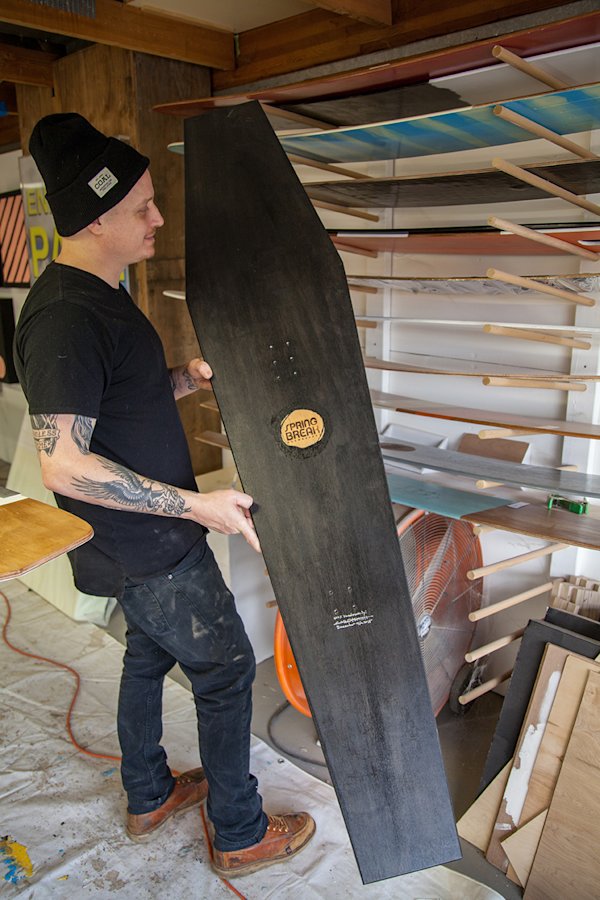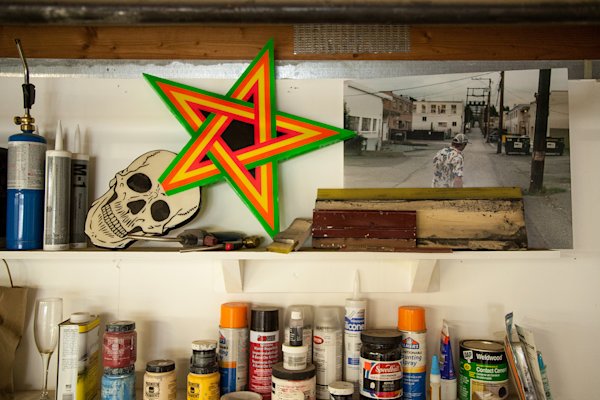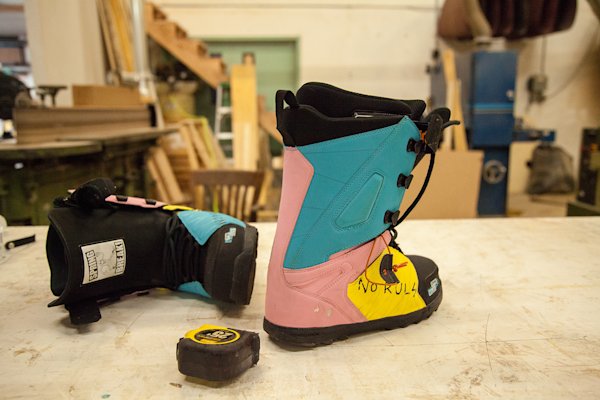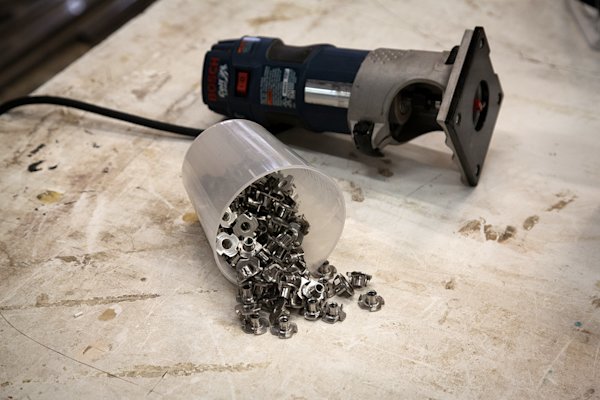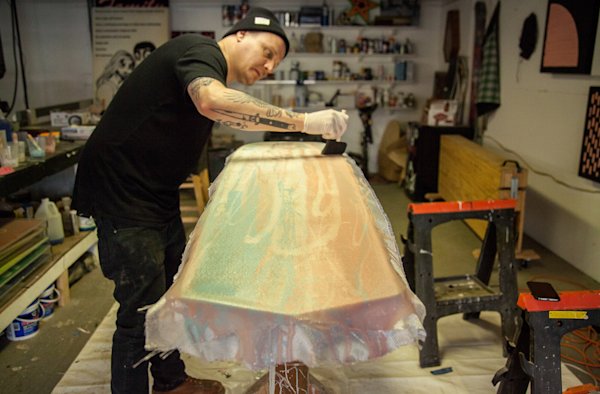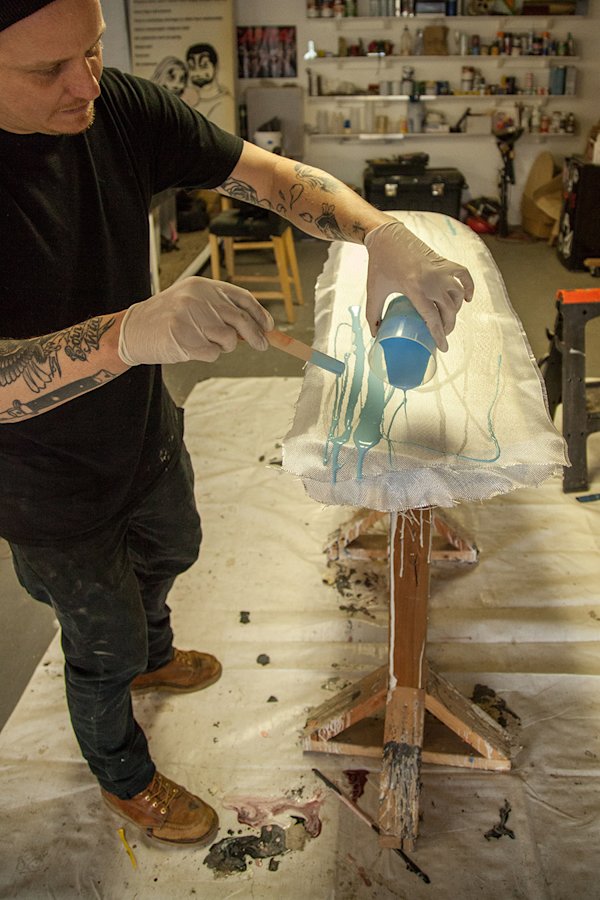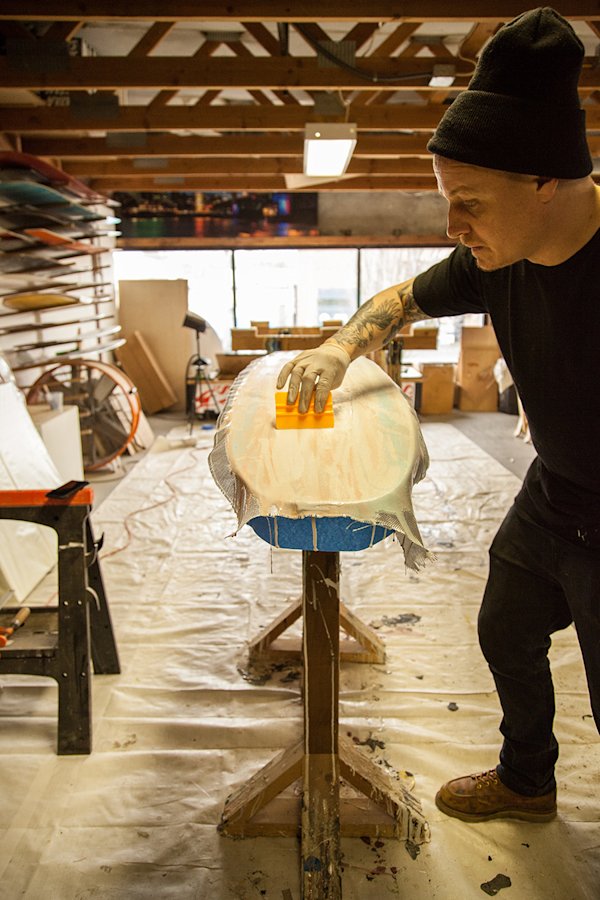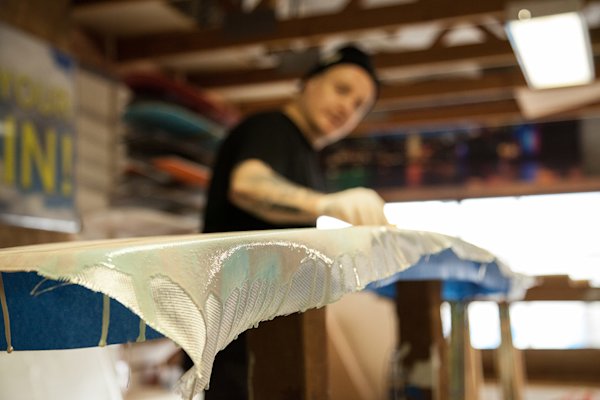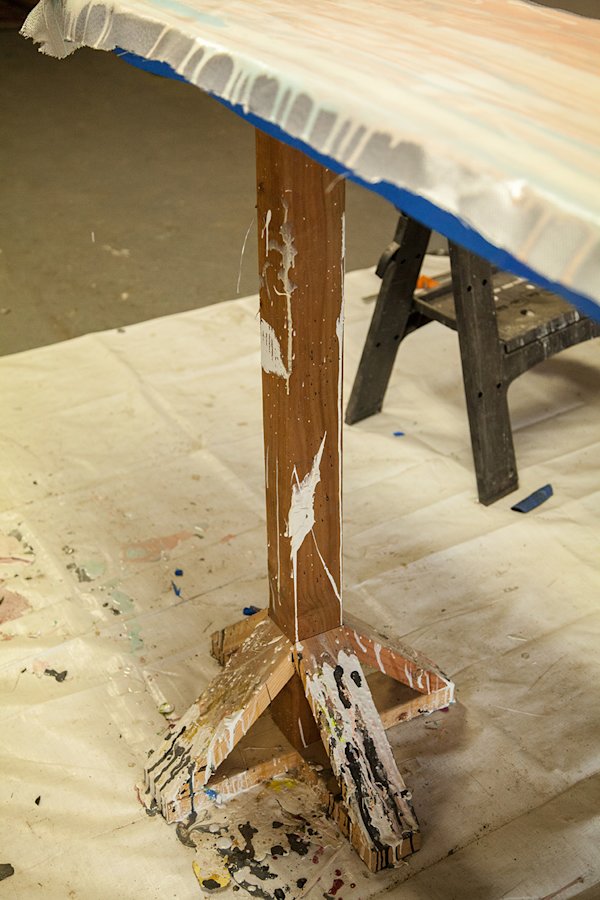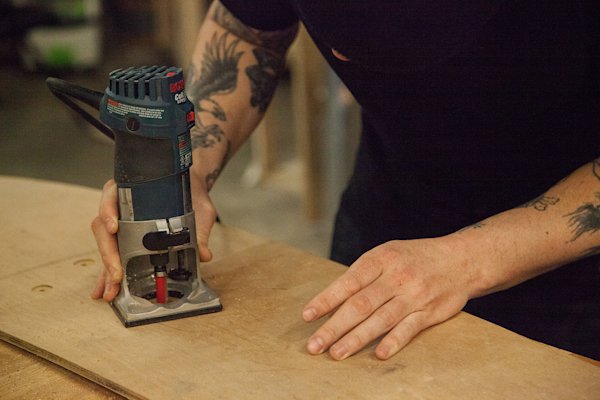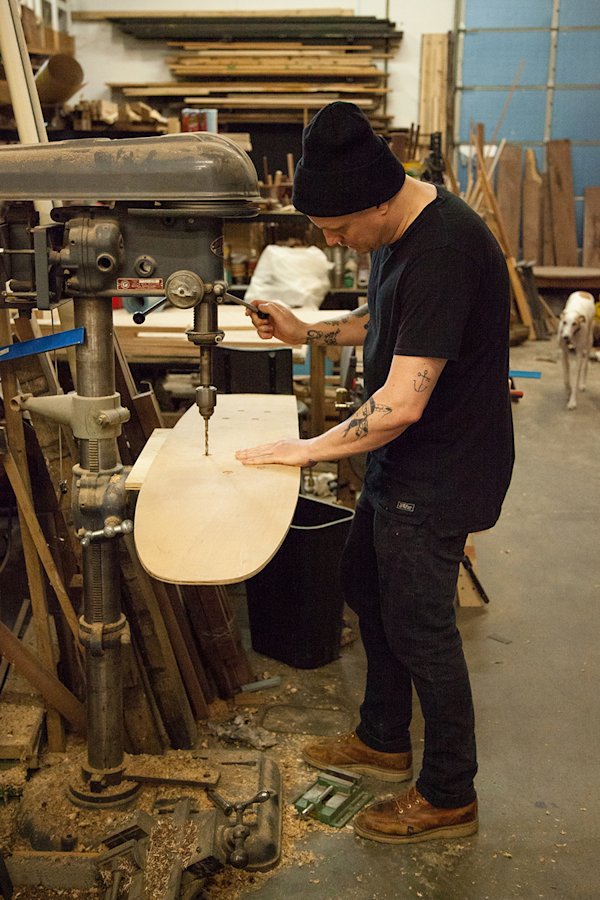At the most basic level snowboarding is the act of riding a piece of plywood down a snowy hill. And in its purest, a physical expression of creativity through nature. But with all the quad flips, turbo spins, olympic medals, stadium events, sugar water contracts, and New York Times obituaries, it’s easy to forget this. Very easy. At times it feels as if the entire industry has forgotten it. Though if you look past such distractions to the cool kids hiking ski resort sidecountry around the world, you may see something slightly odd under their feet—boards more likely to resemble the activity’s early incarnations than those from run of the mill sporting goods stores.
While progression and innovation are every media outlet and marketing type’s favorite keywords to tout, a great many have felt for some time a return of snowboarding to its most basic, creativity-driven roots is the most logical way will to bring fun back front and center. Driving this movement since well before it was recognized as such is former pro snowboarder and current contemporary artist Corey Smith, and Spring Break, the experimental handmade snowboard brand/art project he founded in 2010.




